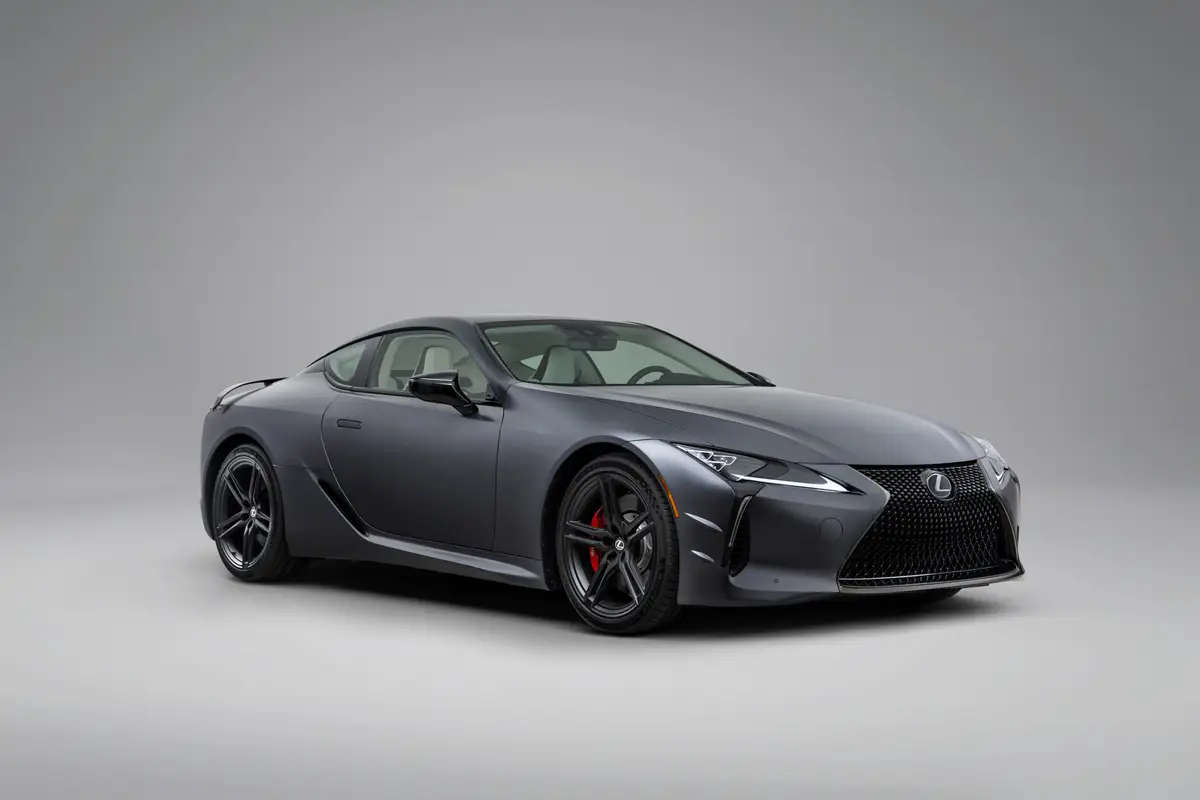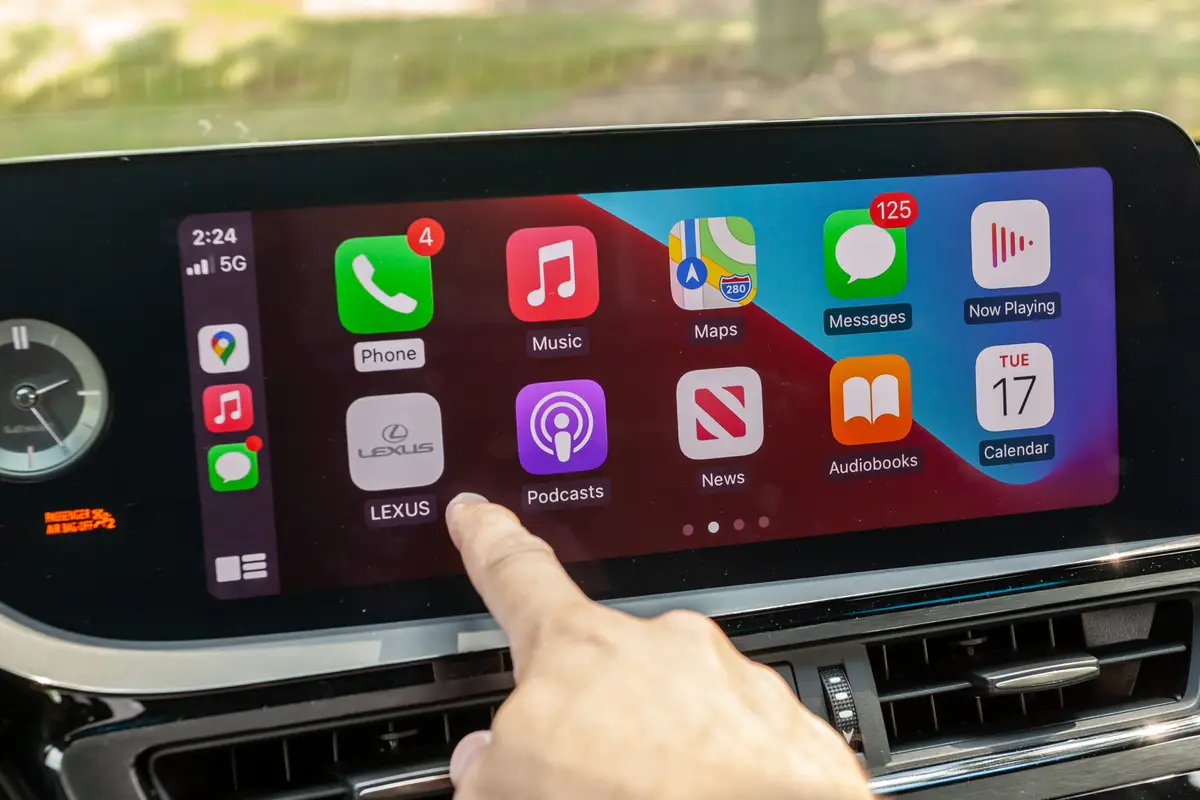Star-Telegram.com's view
Forty-five years old and still going, the pony car is as compelling as ever, and there seems to be no midlife crisis.
The newest generation of arguably the most-fun Ford car ever, the venerable Mustang, has arrived for 2010, and it’s still a vehicle that draws attention and praise wherever it goes – just as it did when it was introduced in 1964.
Chevy’s Corvette is the only other car I can think of that can match the Mustang in terms of longevity and popularity, although there are those who would add the Chevrolet Camaro to that list.
Granted, the Camaro has its followers, and the new model rolled out this year is getting more notice than the redesigned Mustang. But that’s because the Camaro was gone for five years, and believed to have been lost forever until its recent revival.
And besides, we all know that the original Camaro was created as a Mustang copycat anyway; it wasn’t an original idea.
Other than a blip in the mid-70s when an awful car called the Mustang II tried briefly to pass itself off as the real thing, the Mustang has soldiered on as the vehicle of choice for those who sought to keep the Pony Car era alive.
It’s had other ups and downs, although none quite as sad as that 1974 model, but the newest Mustang may very well be the best one yet in terms of overall design and engineering.
The design itself is remarkable in that it carries on where the previous generation, introduced for 2005, left off – re-creating much of the nostalgic look of the mid- to late-1960s model, albeit on a new, modern chassis with today’s essential safety features.
Ford’s strong focus on quality also sets this latest model apart from its predecessors. Yes, it’s much more complicated than the original Mustang, thanks to loads of high technology. That does make it hard for home mechanics to service it, as with just about any other new vehicle today, but most of us would take the benefits of that technology in return for yesteryear’s simplicity.
That Ford would update the Mustang so soon after the ’05 remake is surprising, especially in the middle of the auto-industry crisis that has already seen two of the Big Three U.S. automakers go through bankruptcy reorganization.
Ford has avoided that process, though, and seems to be growing stronger by the week. Having the newest Mustang on the market, bringing customers into showrooms even if the Pony Car isn’t exactly what they need, probably is helping push the automaker forward.
And it’s clear that the iconic pony car serves as a strong reminder of the days when Detroit’s automobiles took a back seat to no one.
The car was unveiled nearly a year ago at a drastically diminished Los Angeles auto show, where Ford’s cross-town rival General Motors Corp., had abruptly pulled its own planned world debuts from the event a few days before it was to begin.
Once the aspirational vehicle for an entire generation of budding baby boomers, the Mustang has been tweaked to help it connect with a whole new, younger audience. As with the new Camaro and the 2005 Mustang, this newest model continues the theme of intertwining the old with the new.
Coupe and convertible models are offered, as in the past, and there are both V-6 and V-8 versions in the lineup.
For 2010, Mustang prices begin at $20,995 (plus $850 freight) for the base V-6 coupe and $25,995 for the entry-level convertible. GT models – the ones with the V-8 engine — begin at $27,995 for the coupe and $32,995 for the convertible.
The V-6 versions top out at $23,995 for the Premium coupe and $28,995 for the Premium convertible, while the GT Premium models list for $30,995 (coupe) and $35,995 (convertible).
Our tester was the V-6 Premium model with a five-speed manual gearbox and two options: the Rapid Spec Package 202A ($995) brought automatic headlights, the V-6 Pony Package, rear deck spoiler, 18-inch polished-aluminum wheels, and front floor mats with the Mustang logo; and the Premium Trim Package ($395).
Standard was the beautiful Torch Red Clearcoat exterior paint and stone leather interior.
Total sticker, with freight, was $31,235, and for that price came a very well equipped car with a power-operated black soft convertible that folds in less than 30 seconds after the release of the two catches at the top of the windshield.
This car has oodles of curb appeal, with the classic design cues that made the original models of the 1960s so appealing, including the long hood, short rear deck, “hockey stick” sides, three-bar taillights, quarter-glass rear side windows, and rear center-mounted gas cap.
The car has larger grille openings and slimmer headlights, which have new integrated turn signals.
The interior received a fair share of upgrades, but also remains true to the simple, uncluttered heritage of the original. There are some thoroughly modern additions, though, such as the center stack with an optional navigation system.
Of course, what Ford puts under the hood is important to Mustang enthusiasts as well, and for 2010 there is more zip from the GT’s 4.6-liter V-8 engine, which now has 315 horsepower compared with 300 for the 2009 model.
This engine has 325 foot-pounds of torque, and is available with a five-speed manual or five-speed automatic transmission.
The base engine remains the 4.0-liter V-6, with 210 horsepower and 240 foot-pounds of torque. This might put the new Mustang at a disadvantage against the new Camaro, though, whose base V-6 model – with a price tag about the same as the Mustang’s – offers a whopping 300 horsepower.
The Mustang’s V-6 comes with the same transmission choices as the V-8.
The increased horsepower on the V-8 came from improvements in the cold-air induction system developed by Ford Racing Technology. Ford says the air intake “is tucked behind the driver-side headlamp, mounted in an air box specific to the Mustang. Extensive sealing modifications ensure cold air from the front of the Mustang feed the engine.”
The V-8’s redline is now 6,500 rpm, up by 250. Both engines come with larger exhaust tips, and on the GT, they are polished.
The car runs great on regular fuel, Ford notes, and the performance figures were based on that grade of fuel. Premium fuel can be used as well; the car’s computer system adapts the engine timing automatically to match the octane of the fuel and prevent any valve knocking.
An optional satellite navigation system, which hadn’t even been dreamed of when the original Mustang arrived in 1964, is offered only on Premium models as part of a $2,195 Electronics Package
The automotive columns of G. Chambers Williams III have appeared regularly in the Star-Telegram since 1994. Contact him at 210-250-3236; chambers@star-telegram.com.
2010 Ford Mustang The package: Midsize, two-door, four-passenger, V-6 or V-8 powered, rear-wheel drive sport coupe or convertible.
Highlights: Ford’s iconic pony car has entered a new generation for 2010, and is just as compelling a ride as ever, with nostalgic styling in a modern, well-engineered vehicle built for today.
Negatives: Base V-6 engine is underpowered next to the main competitor, the Chevy Camaro; trunk space is limited in the convertible model.
Engines: 4.0-liter V-6; 4.6-liter V-8.
Transmissions: Five-speed manual or five-speed automatic (optional).
Power/torque: 210 HP./240 foot-pounds (V-6); 315 HP./325 foot-pounds (V-8).
Length: 188.1 inches.
Curb weight: 3,401-3,581 pounds.
Brakes, front/rear: Disc/disc, anti-lock.
Trunk volume: 13.4 cubic feet (coupe); 9.6 cubic feet (convertible).
Side air bags: Front seat-mounted, standard.
Electronic stability control: Standard.
Fuel capacity/type: 16 gallons, unleaded regular.
EPA fuel economy: 18 mpg city/26 highway (V-6, manual); 16/24 (V-6, automatic); 16/24 (V-8, manual); 17/23 (V-8, automatic).
Major competitors: Chevrolet Camaro, Dodge Challenger, Volkswagen New Beetle, Nissan 370Z, Hyundai Genesis coupe, Mazda RX-8, Mitsubishi Eclipse, Audi TT.
Base price range: $20,995-$30,995 (coupe), $25,995-$35,995 (convertible), plus $850 freight.
Price as tested: $31,235, including freight and options (V-6 Premium convertible).
On the Road rating: 9.3 (of a possible 10).
Prices shown are manufacturer’s suggested retail; actual selling price may vary.
Latest news



